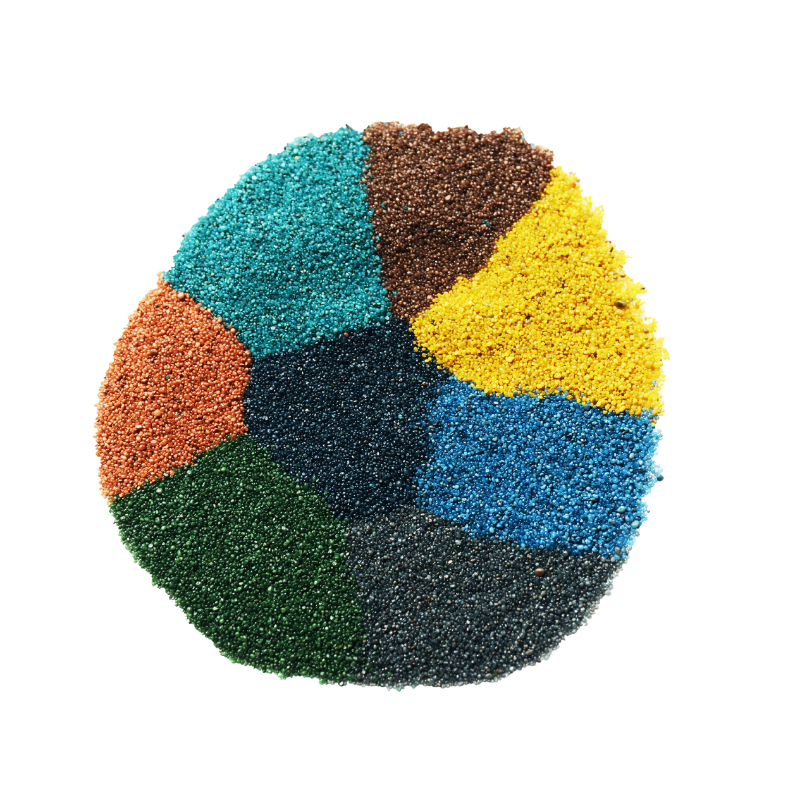
Utilizing Vermiculite for Optimal Growth in Raised Garden Beds
The Role of Vermiculite in Raised Beds Enhancing Soil Quality and Plant Growth
Raised garden beds have gained popularity among gardening enthusiasts due to their numerous benefits, including improved drainage, easier maintenance, and the ability to control soil conditions. One essential component that enhances the quality of soil in raised beds is vermiculite, a naturally occurring mineral that undergoes a unique thermal expansion process. This article explores the importance of vermiculite in raised beds and how it contributes to the overall health of your garden.
Vermiculite is a lightweight, porous material that can hold significant amounts of water and nutrients. When added to a raised bed mix, it helps improve soil aeration and drainage, essential for healthy plant root development. One of the most notable characteristics of vermiculite is its capacity to absorb moisture. It can hold up to three to four times its weight in water, thereby acting as a reservoir that provides consistent moisture to plant roots. This moisture retention is particularly beneficial in raised beds, where soil can dry out more quickly due to elevated exposure to sunlight and wind.
Moreover, vermiculite enhances the soil structure by creating spaces that allow for better air circulation. Good aeration is vital for root respiration and the growth of beneficial microorganisms in the soil. These microorganisms contribute to nutrient cycling and the overall fertility of the raised bed. By incorporating vermiculite, gardeners can create an environment that promotes healthy microbial activity, aiding in the decomposition of organic matter and the release of essential nutrients.
In addition to its moisture-retaining and aeration properties, vermiculite is also rich in minerals such as magnesium, potassium, and calcium, which are crucial for plant growth. When mixed into the soil, it acts as a slow-release fertilizer, ensuring that plants have a steady supply of these nutrients. This characteristic makes it particularly beneficial for young seedlings, which require consistent nutrient availability for robust development.
vermiculite in raised beds

Another advantage of incorporating vermiculite into raised beds is its lightweight nature. This property makes it easier for gardeners to manage and move their raised beds if desired. The reduced weight can also minimize the strain on materials used to construct the beds, contributing to their longevity.
It's essential, however, to use vermiculite in moderation. While it offers many benefits, excessive amounts can lead to poor drainage, resulting in waterlogged conditions that can harm plant roots. A general guideline is to mix vermiculite in a ratio of about 25-30% with other materials such as compost, peat moss, and native soil. This balanced mixture will provide the right conditions for optimal plant growth while preventing common issues associated with overuse.
Finally, gardeners should consider the source of their vermiculite. Most commercially available vermiculite is safe to use, but some products have been associated with asbestos contamination in the past. To ensure safety, seek products that are labeled as asbestos-free and purchased from reputable suppliers.
In conclusion, vermiculite is a valuable addition to raised beds, providing numerous benefits that promote plant health and soil quality. Its ability to retain moisture, improve aeration, and provide essential nutrients makes it a top choice for gardeners looking to create optimal growing conditions. By understanding how to incorporate vermiculite into their raised beds effectively, gardeners can cultivate thriving plants and enjoy the many rewards of a flourishing garden.
Share
-
Premium Pigment Supplier Custom Solutions & Bulk OrdersNewsMay.30,2025
-
Top China Slag Fly Ash Manufacturer OEM Factory SolutionsNewsMay.30,2025
-
Natural Lava Rock & Pumice for Landscaping Durable Volcanic SolutionsNewsMay.30,2025
-
Custom Micro Silica Fume Powder Manufacturers High-Purity SolutionsNewsMay.29,2025
-
Custom Mica Powder Pigment Manufacturers Vibrant Colors & Bulk OrdersNewsMay.29,2025
-
Custom Micro Silica Fume Powder Manufacturers Premium QualityNewsMay.29,2025






